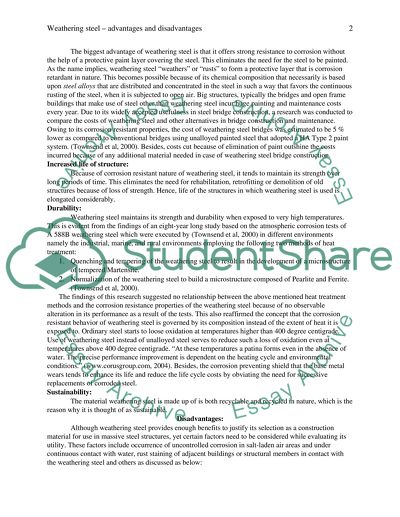Cite this document
(Weathering Steel - Advantages and Disadvantages Research Paper, n.d.)
Weathering Steel - Advantages and Disadvantages Research Paper. Retrieved from https://studentshare.org/formal-science-physical-science/1568084-steel-construction-weathering-steel-advantages-disadvantages
Weathering Steel - Advantages and Disadvantages Research Paper. Retrieved from https://studentshare.org/formal-science-physical-science/1568084-steel-construction-weathering-steel-advantages-disadvantages
(Weathering Steel - Advantages and Disadvantages Research Paper)
Weathering Steel - Advantages and Disadvantages Research Paper. https://studentshare.org/formal-science-physical-science/1568084-steel-construction-weathering-steel-advantages-disadvantages.
Weathering Steel - Advantages and Disadvantages Research Paper. https://studentshare.org/formal-science-physical-science/1568084-steel-construction-weathering-steel-advantages-disadvantages.
“Weathering Steel - Advantages and Disadvantages Research Paper”. https://studentshare.org/formal-science-physical-science/1568084-steel-construction-weathering-steel-advantages-disadvantages.


